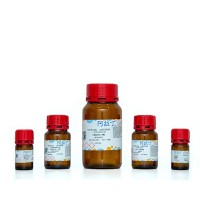Polymerase Chain Reaction: Basic Principles and Routine Practice
互联网
互联网
相关产品推荐

HB Western blotting Principles and Methods
¥223

DDA1/DDA1蛋白Recombinant Human DET1- and DDB1-associated protein 1 (DDA1)重组蛋白Placenta cross-immune reaction antigen 1 (PCIA-1)蛋白
¥1836

Fibrinogen Gamma Chain重组蛋白|Recombinant Human FGG Protein
¥1790

Cayman Practice ELISA Kit
¥1

EmbryoMax™ 1X Dulbecco′s Phosphate Buffered Saline w/o Ca++ & Mg++,用于细胞培养, The EmbryoMax 1X Dulbecco's Phosphate Buffered Saline w/o Ca++ & Mg++ is available in a 1 L format and may be used for routine mouse embryonic stem cell culture applications.,阿拉丁
¥134.90
相关问答

